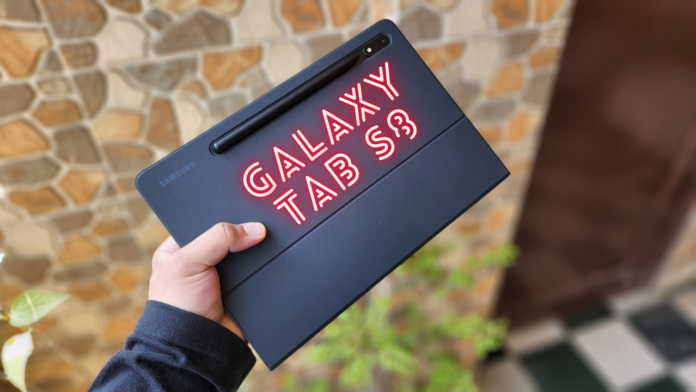There aren’t a lot of Android tablet brands out in the market that can compete with Apple’s iPad in terms of value and specs. However, the most prominent one both internationally and in India is Samsung, which has time and again proved that it’s capable of making Android tablets that can go head to head with the iPad. This time, the brand launched three Tablets to give users a good number of options in flagship tablet space, including the Galaxy Tab S8, Tab S8+ and the Tab S8 Ultra.
The Tab S8 is the cheapest out of the trio, priced at Rs 58,999 for the WiFi variant and Rs 70,999 for the 5G variant. But, we feel it is the most important one in the series as it might be the model that most would buy. So, let’s check it out.
What we liked about the Galaxy Tab S8
Flat sides are the new normal
The Galaxy Tab S8 has Samsung’s Armor Aluminum casing which guards it against drops. It not only protects the tablet but also makes the in-hand feel very premium. The Tab S8 borrow a design element from the iPad, which is flat sides. However, that helps make the tablet grippy in hand. Further, the Tab S8 has a quad-speaker setup with two speakers on either side of the tablet. AKG tunes the sound, and the speakers sound nice and get plenty loud. They aren’t as bassy as the speakers on my iPad Mini by any means but surely are louder with clear vocals, thereby offering a great listening experience.
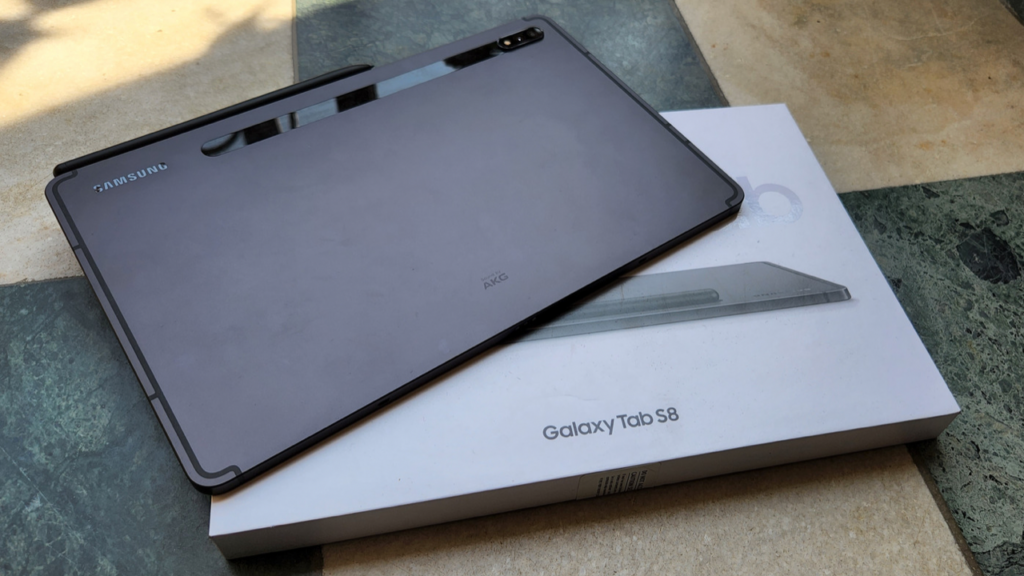
The power and the volume buttons are on the top (in landscape position). The power button doubles up as a fingerprint sensor that is quick and accurate to identify the fingerprint and unlock the tablet. The tablet also has middling Haptics that is not as strong but is loud when the vibration motor rattles. Considering iPads don’t even have haptics, we appreciate Samsung has included them in the Tab S8, despite those being average.
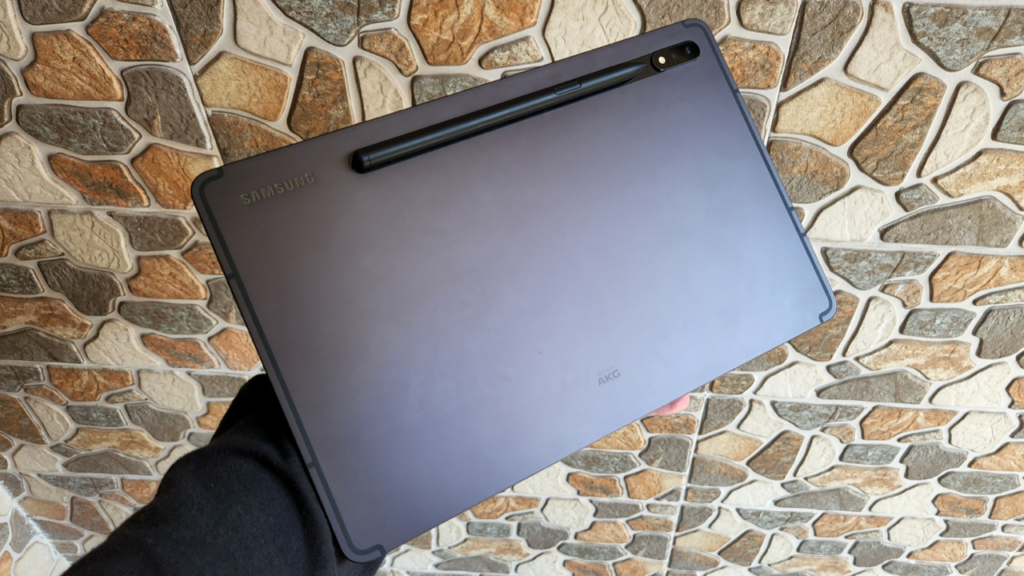
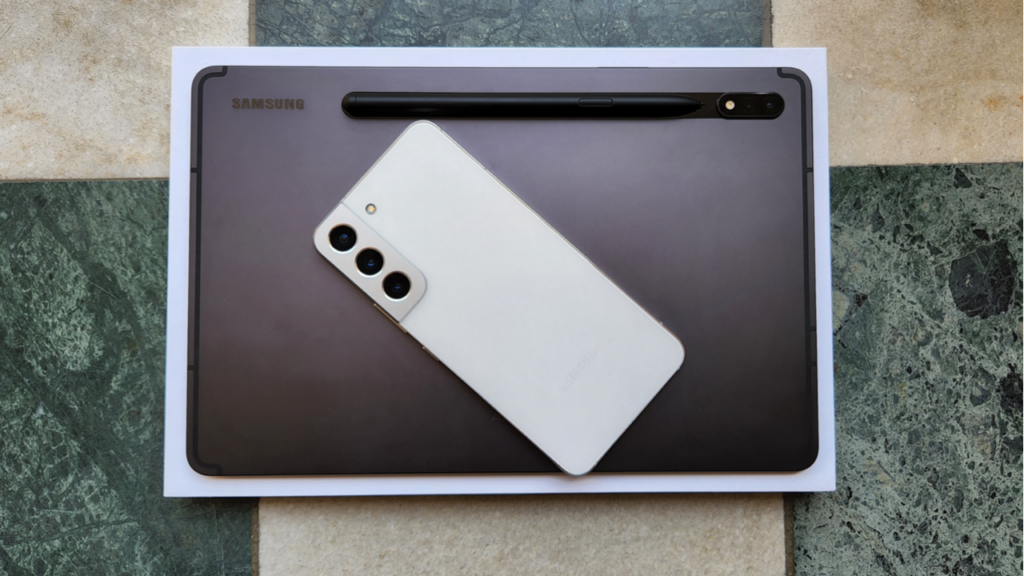
Coming to the back of the tablet, there’s a glossy strip running down below the camera where the S-Pen snaps using magnets, which are pretty.
The S-Pen will also charge when you snap it on the back of the tablet. However, there’s a limitation to that as it will charge only when the pen’s nib is facing towards the camera. If it’s facing the opposite position, it won’t charge.
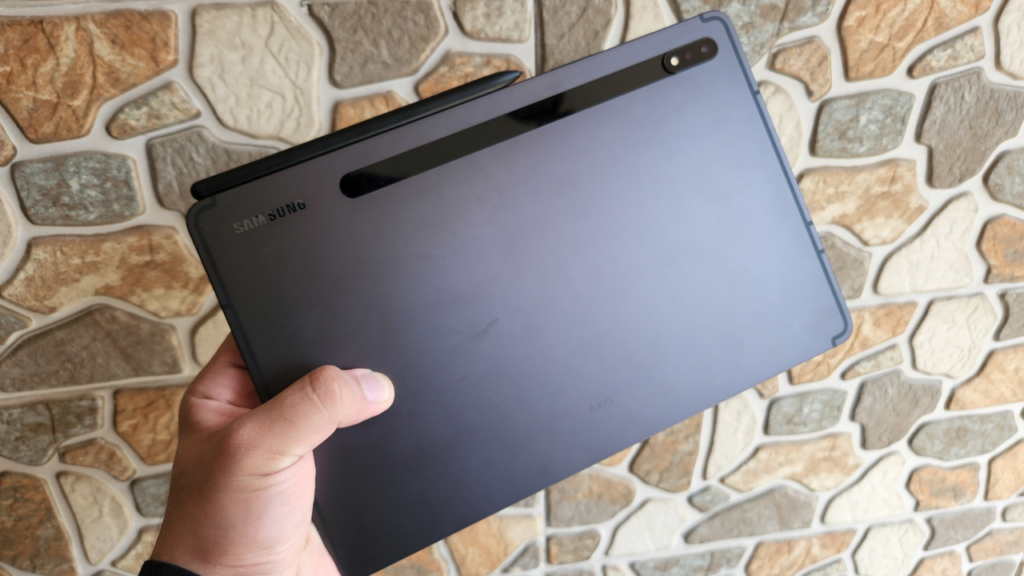
One can also attach the S-Pen below the power and volume button to act as another resting position for the pen because taking it out from the back isn’t always very handy. However, the S-Pen doesn’t charge at this location and only charges when attached to the back of the tablet. Samsung knows that people will primarily use the tablet in landscape and overall, we feel that it is an intelligent design and a job well done on Samsung’s part.
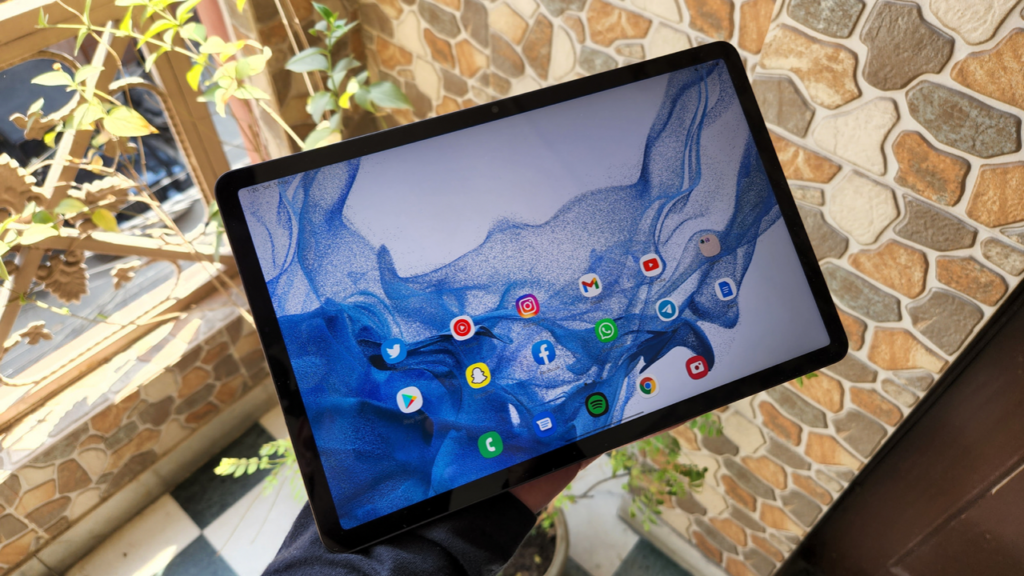
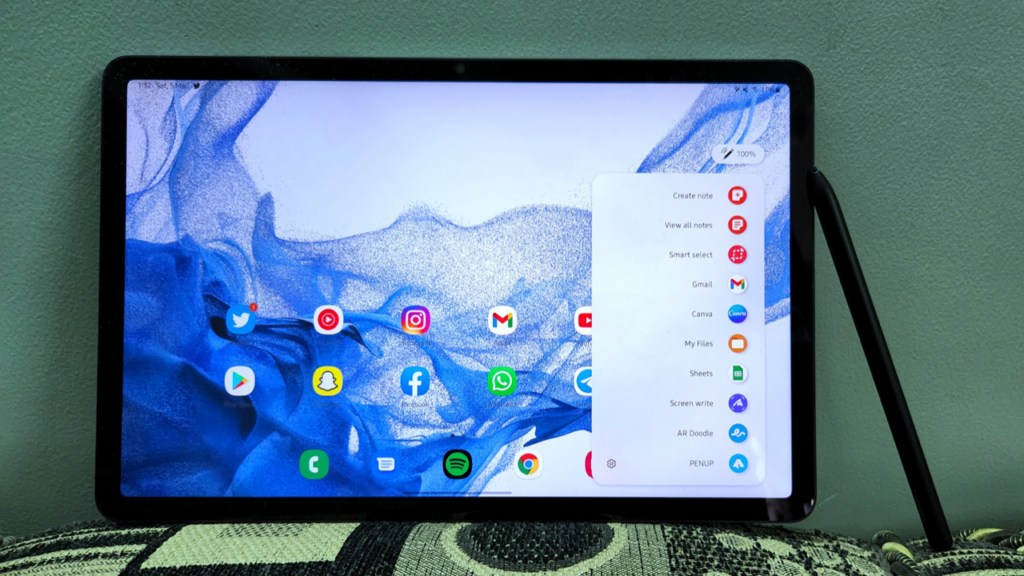
On the front, the Tab S8 has an 11-inch TFT LTPS panel that supports a 120Hz refresh rate, has 276 ppi and has a Resolution of 2560 x 1600 pixels. This isn’t the sharpest display we have seen on a tablet because of a lesser Pixel density. But on the better side, it is very colour accurate and 120Hz on a screen this big feels smoother than a 120Hz panel on a phone. Netflix, YouTube and other similar apps were a treat to watch on this one. The display gets bright enough indoors. However, you might face reading difficulty when under direct sunlight. It’s an LCD panel, so don’t expect blacks to be as deep as on an AMOLED panel, but it’s still a high-quality screen which is decent for its price.
S-Pen is better than ever
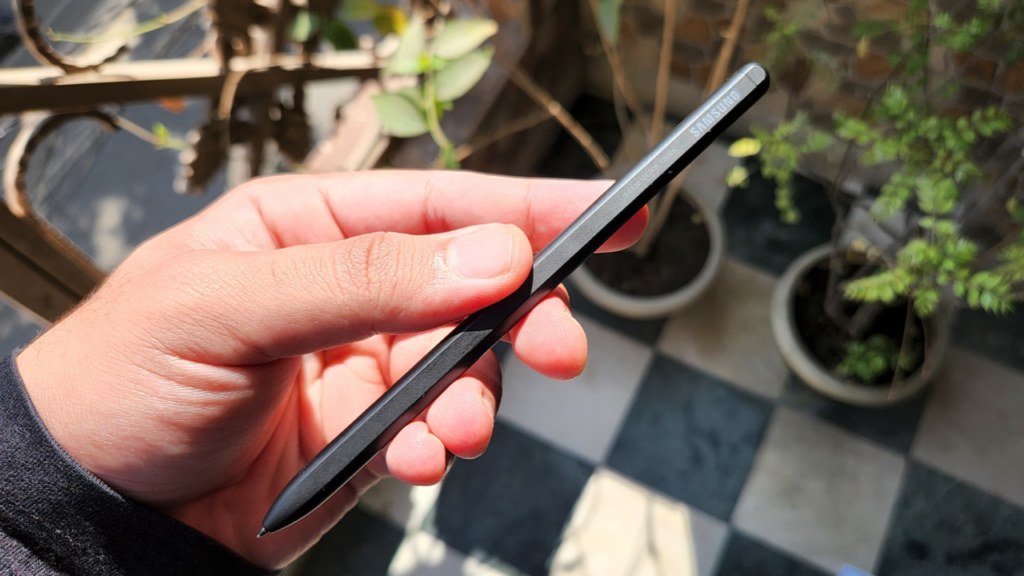
The next thing we like the most about the tablet is the S-Pen functionality that has also been intelligently implemented into the software so you can take full advantage of it. The S-Pen has a Latency of 6.2ms on the Tab S8 while its 2.8ms on the Tab S8+ and the Tab S8 Ultra. While on paper, the latency looks higher on Tab S8, it’s still as good as it can get in tablets. It almost feels as if you are writing on paper when writing on the tablet.
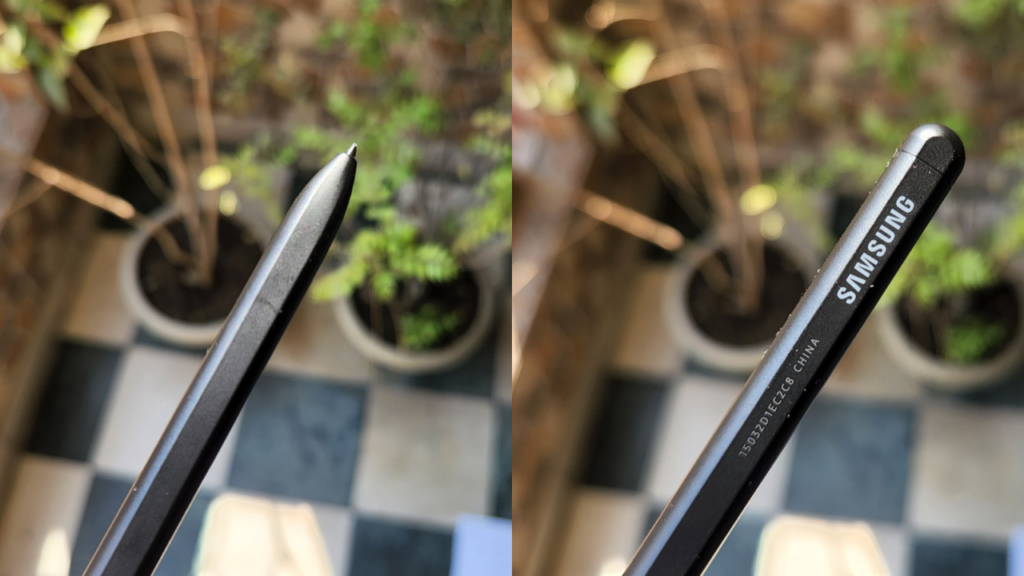
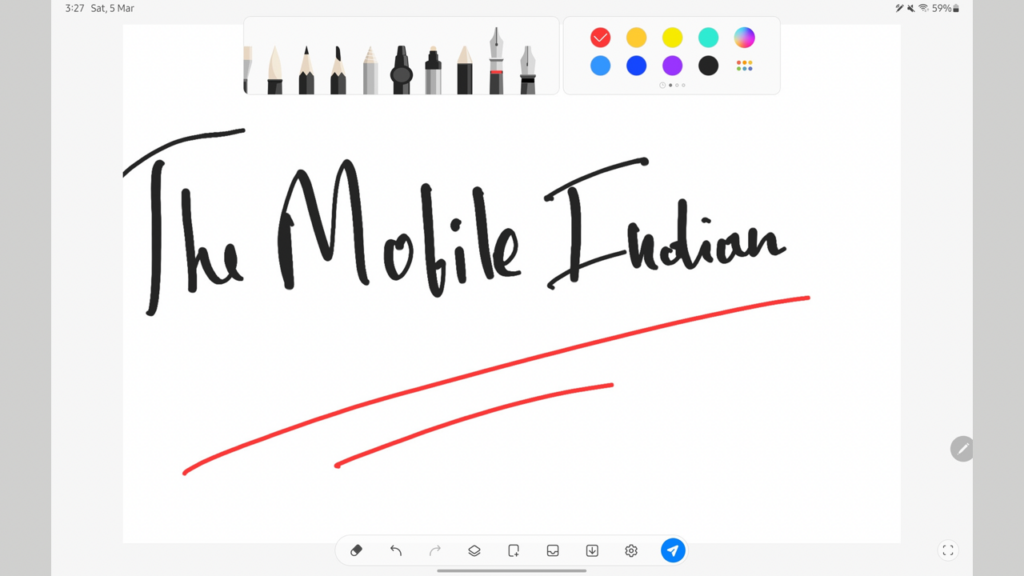
The S-Pen has a button using which you can bring up various actions on the tablet, such as Smart Select, Create a note, or open an App of your choice. Then there’s a menu showing S-Pen exclusive on the tablet that comes up as soon as you detach the S-Pen from the back. It also shows the battery percentage of the S-Pen. The battery on the S-Pen can last you all day and it dropped from 100% to 50% in 12 hours of use. It charged back to 100% in 5 minutes, and that’s impressive.
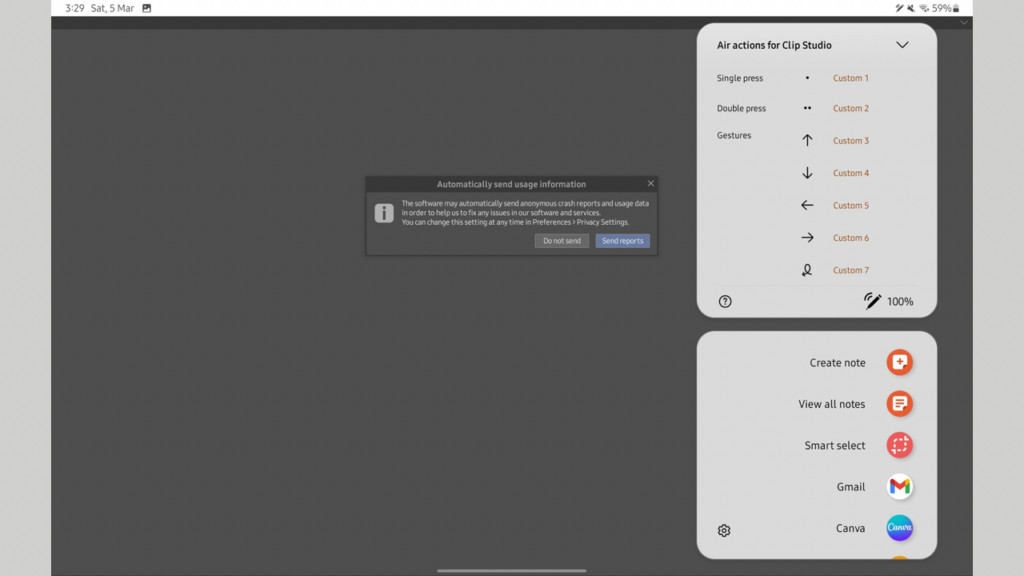
Further, while pressing the button you can perform various actions by waving the S-Pen like a wand. For example, you can go back to a screen or control the media using these air actions. Apart from these, there are many features and use cases for the S-Pen that one can explore, such as PENUP, where you can draw, scribble and do a lot more. The experience gets even better because of how precise and useful the S-Pen can get while browsing through Samsung’s software.
Read More: Samsung S22 Ultra First Impression: Taking Note from Note Series
OneUI & Samsung DeX, the ultimate combo?
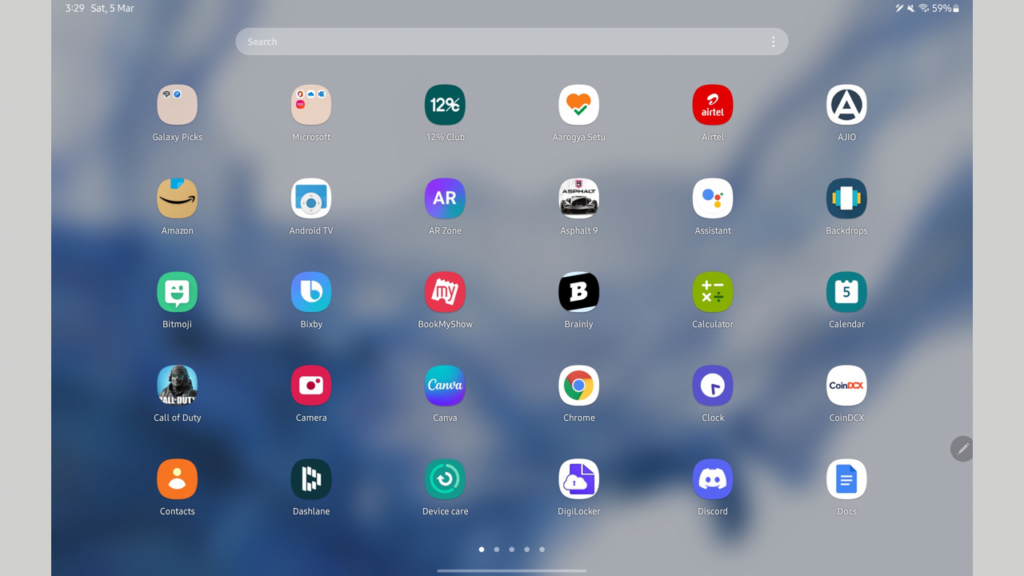
Regarding Samsung’s software, the tablet runs on OneUI 4.1 based on Android 12 and will get major OS upgrades for up to 4 years. This means you’ll get updates till Android 16 on this tablet which is the current best software commitment by a company for its tablet in the world. part from that, you get the same UI as that on a Samsung smartphone with a different scaling of apps that are optimized for a tablet’s big screen.There are many features such as Good Lock support, Bixby Voice actions and Themes which can be explored. Snapdragon 8 Gen 1 SoC powers the tablet, making the performance smoother than ever.
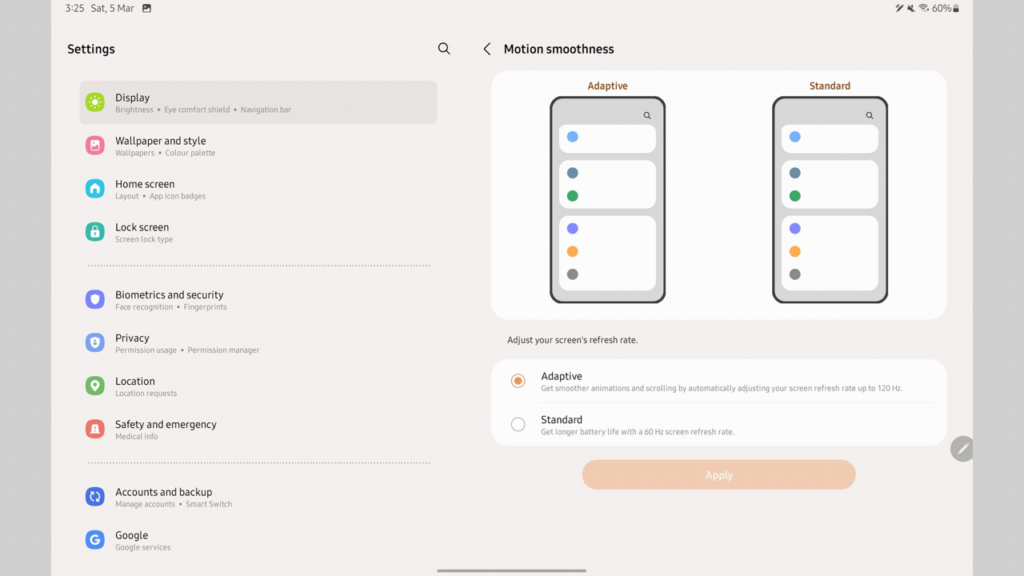
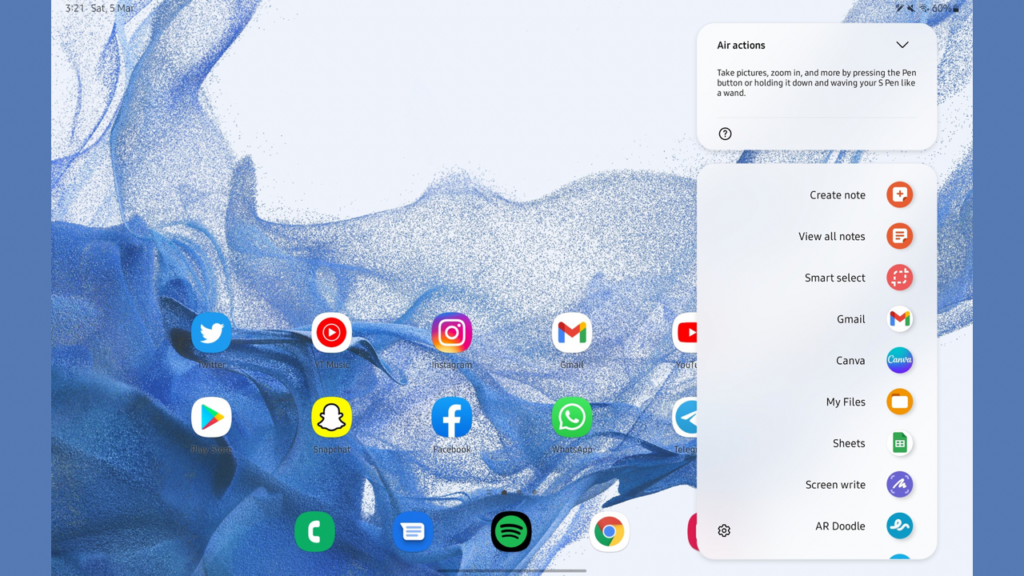
I didn’t face any kind of hiccups or lags while using the tablet even while using heavy apps and games. t does get a bit warm in the area next to the camera but it is within normal limits. With 8GB of RAM and 128GB of storage that is expandable using a microSD Card, you shouldn’t face any performance or storage issues with the Galaxy Tab S8 in any type of circumstances. The variant we got was WiFi only, and there were no issues with WiFi reception even if I was sitting far away from the router while using the 5GHz band.
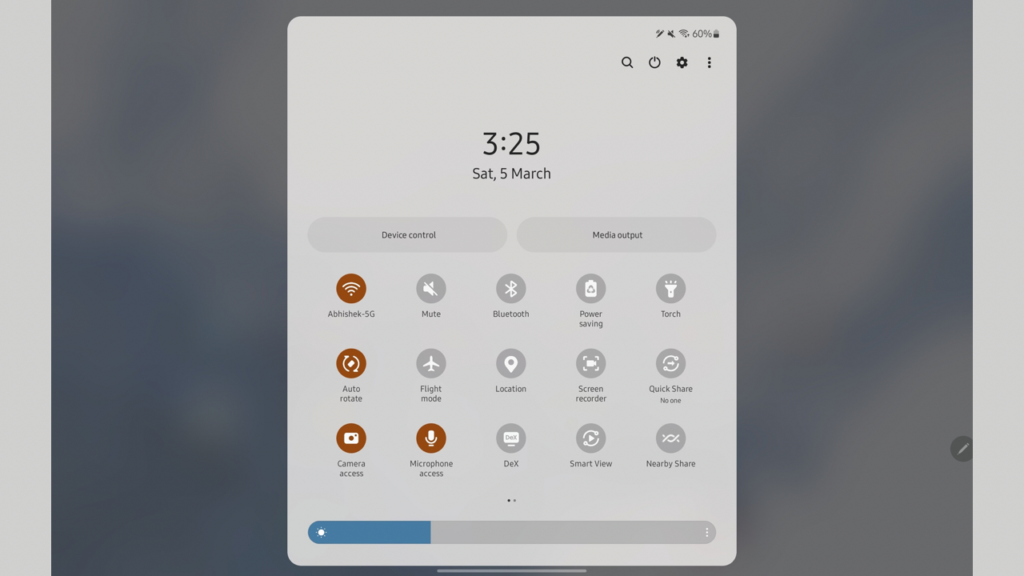
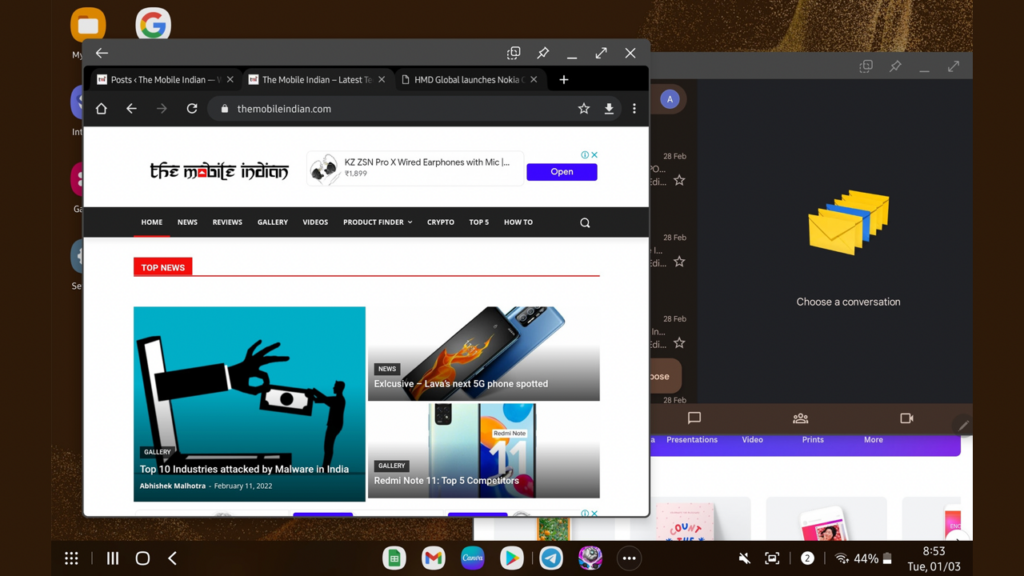
The question that now arises though, is whether you can use it as a replacement for PC? Of course, the answer to that depends on your use case. If you are comfortable using an Android tablet as a PC, for that you get the DeX Mode from Samsung. Using this mode, you can use multiple apps simultaneously in the form of multiple windows, the same as on a Mac or a Windows PC. here’s a taskbar where you can PIN certain apps of your choice and an optimized App drawer as well. Further, you can minimize and maximize the apps within the mode.
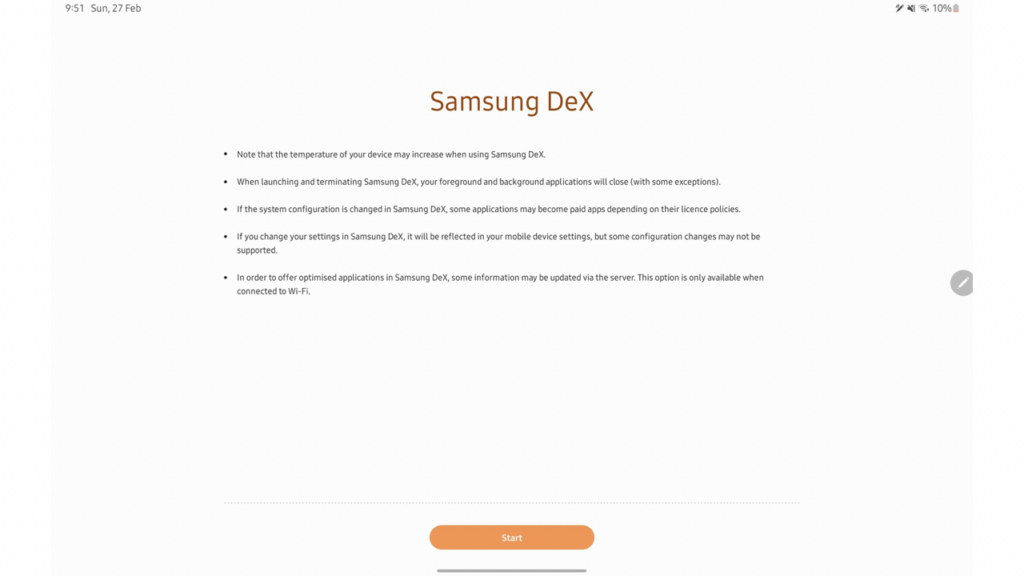
The battery that keeps it going
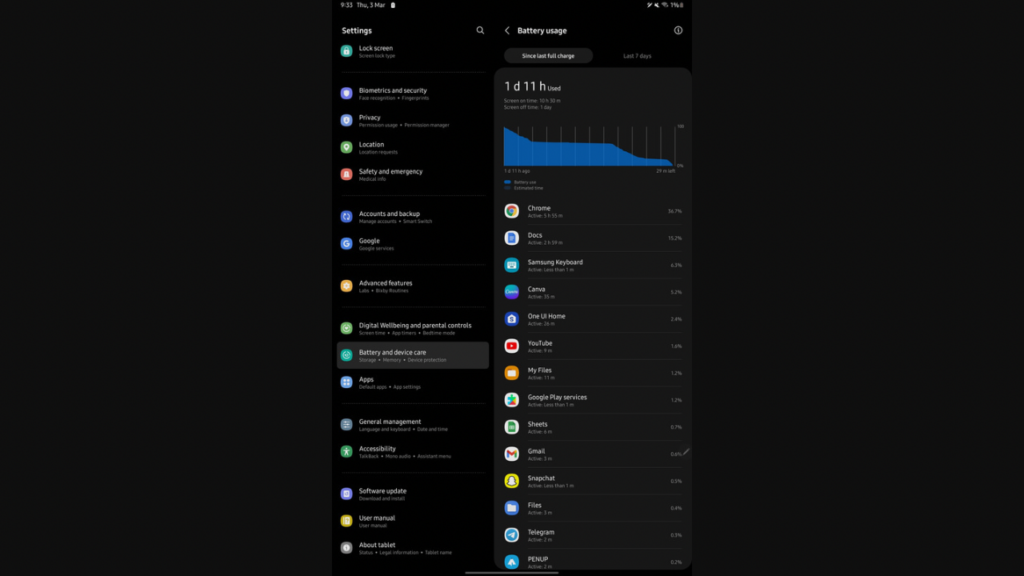
The Tab S8 packs an 8000mAh battery with 45W fast charging. The battery can easily last you more than a day with light usage. With heavy usage including browsing, watching videos, typing, etc, the tablet lasted me a day with 10 hours of screen-on time and that’s just how a tablet of this size should perform. When I charged the tablet using my OnePlus PD fast charger that can charge the tablet at 45W, it took the tablet 1.5 hours to charge from 5% to 100%.
Impressive Camera, not ‘Cameras’.
Last but not least, the tablet has an impressive primary sensor for outdoor shooting. hile many would just use their smartphones to shoot photos, you can also use the Galaxy Tab S8 to click photos if for some reason, you don’t have your smartphone with you. The tablet has a 13-megapixel f/2.0 primary sensor and a 6-megapixel f/2.2 ultra-wide sensor at the rear.
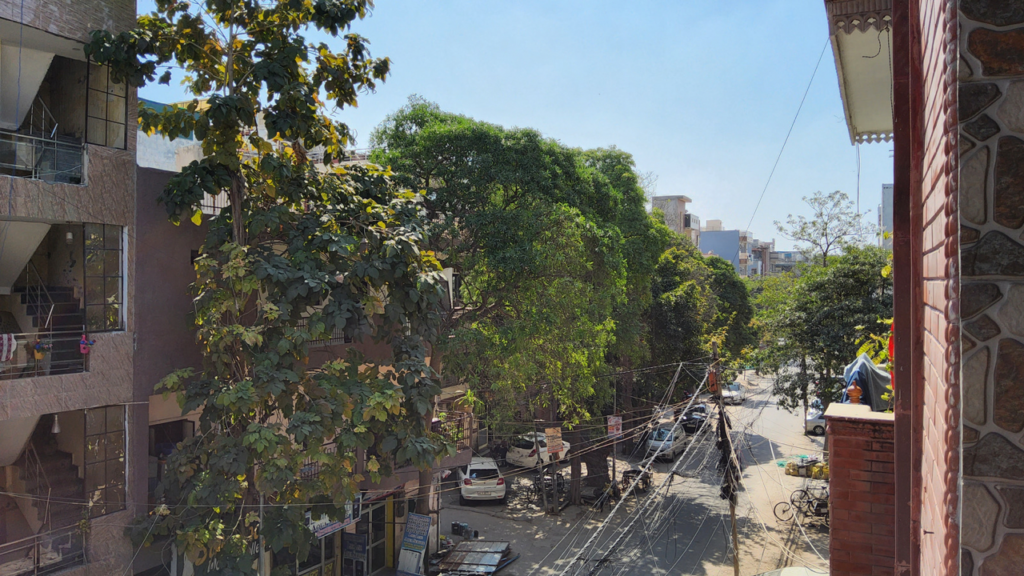
The primary sensor clicks surprisingly impressive shots for a tablet when given plenty of light. Outdoor shots were well detailed with vibrant colours and high dynamic range. It also clicks excellent portraits with accurate EDGE detection and great colours. The photos turn out to be sharp with high details.
What can be improved on the Galaxy Tab S8
The Keyboard Experience
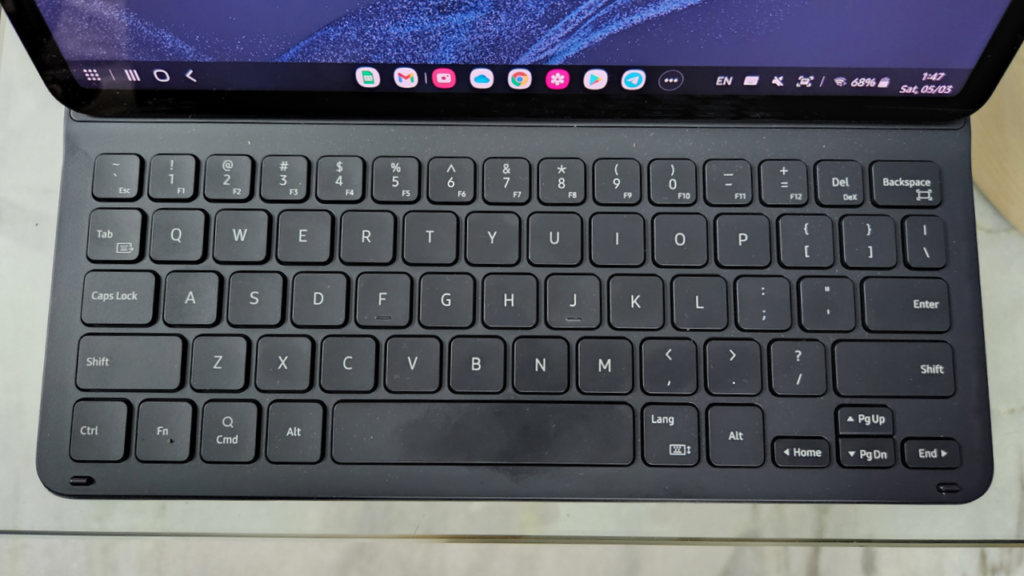
As we said, the Tab S8 can get very close to a full-fledged PC experience but an important element of using a PC is a keyboard. Samsung has you covered in that aspect. The company is shipping a free keyboard cover to those who are pre-ordering the tablet. or those who buy the tablet after the sales begin will have to buy the cover separately. Coming to the experience, the keyboard cover is impressive in terms of quality.
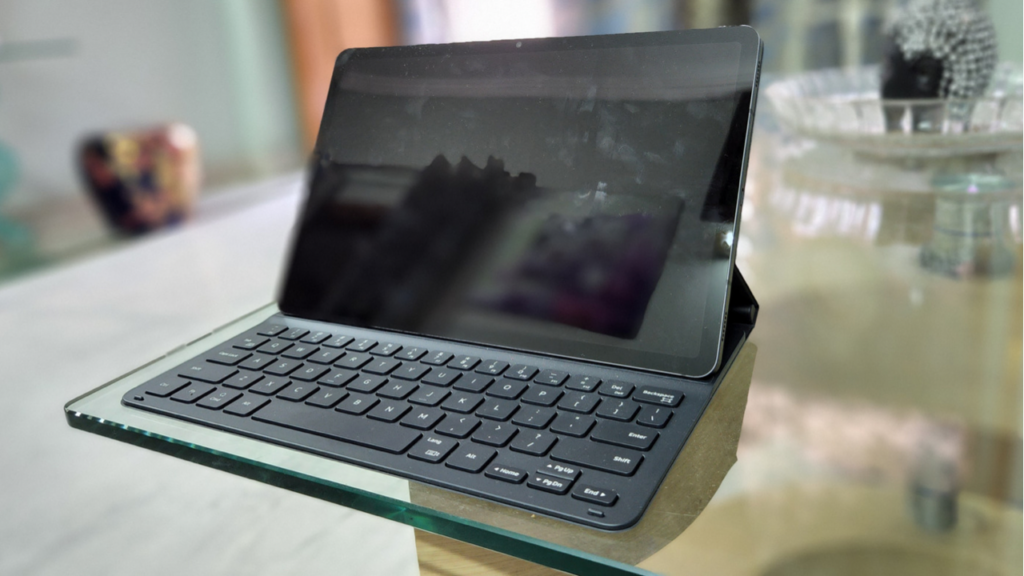
It attaches to the Tablet using magnets and connector pins at the bottom of the tablet. While the cover itself is a bit hefty, it makes a heavy tablet even heavier. The keys have good travel but the number keys at the top are a bit smaller in size for my liking. The overall response of the keyboard while typing is impressive but because the whole keyboard area is small, I often found myself accidentally touching the screen while I was typing which interfered a lot.
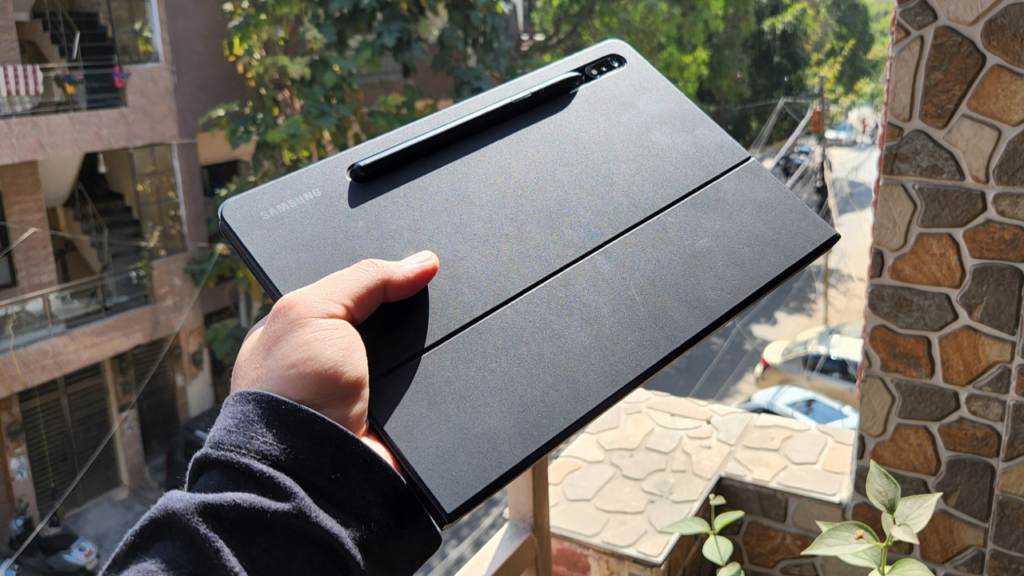
The thing I missed the most was support for a trackpad that could have made things very easier. Using the S-Pen along with the keyboard is a good experience but still not enough as a replacement for a PC. Moreover, iPadOS has native cursor support so you can use a separate mouse or the trackpad on the magic cover. On the other hand, OneUI doesn’t properly support the keyboard without DeX mode as the on-screen keyboard kept popping up when I clicked on a text input field even when the keyboard cover was connected to the tablet.
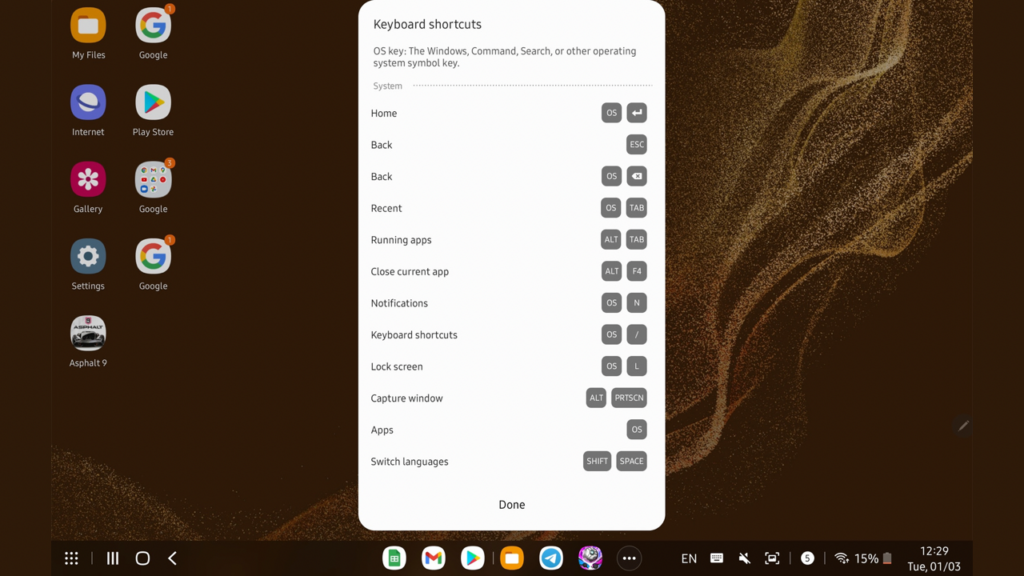
Another annoying part of using the keyboard with the Galaxy Tab S8 is that there’s no Caps Lock indicator. So neither you are notified on-screen nor an indicator on the keyboard. s a result, I had to backspace multiple sentences as these were all written in Capital because the Caps Lock was enabled even when I had thought it was disabled. Lastly, the keyboard cover gives you a single angle setting for the tablet because of which it sits almost upright which isn’t always comfortable and corresponds to your sitting position.
Gaming performance
There’s no doubt that the Tab S8 can handle the heaviest games without any lags, but it isn’t the most fun. This is because games such as Call Of Duty Mobile are primarily made for mobile devices. When playing on a tablet, while the game ran smoothly on the highest graphics and FPS setting without any issues, the game often got pixelated and blurred out as it isn’t optimized for a screen this big.
Photography in certain conditions
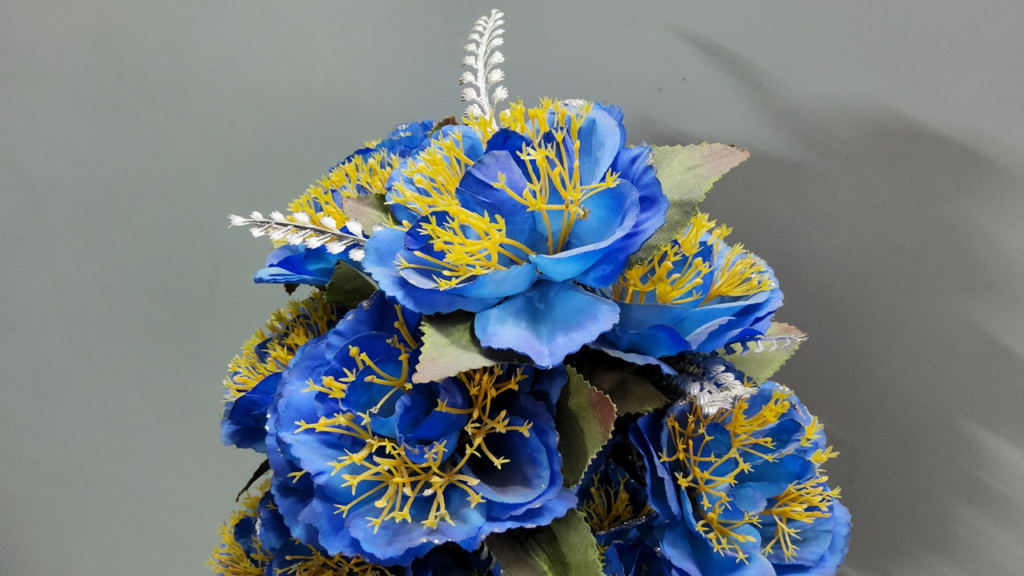
While the primary camera sensor performs well outdoors, it struggles with photos clicked under low or artificial lighting. It keeps the colours intact, but the details and sharpness face a drop.
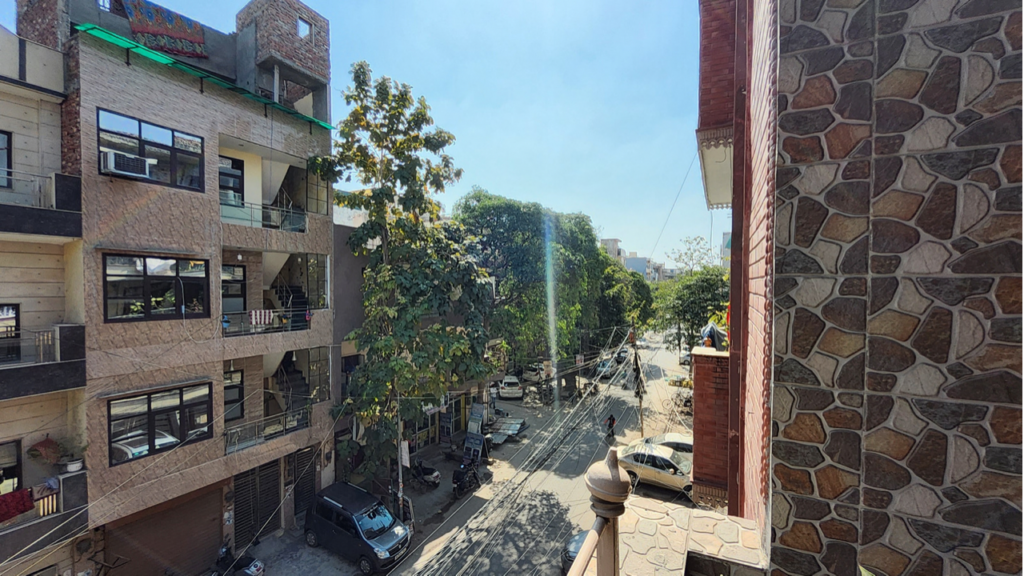
The same is the situation with the Wide-Angle camera, which captures accurate and vibrant colours but photos lack detailing and sharpness. Moreover, there’s a considerable amount of distortion at the edges. Night photos are also very noisy, be it with Night mode ON or OFF. ith night mode enabled, the brightness of the photo increases, but there’s no change in details.
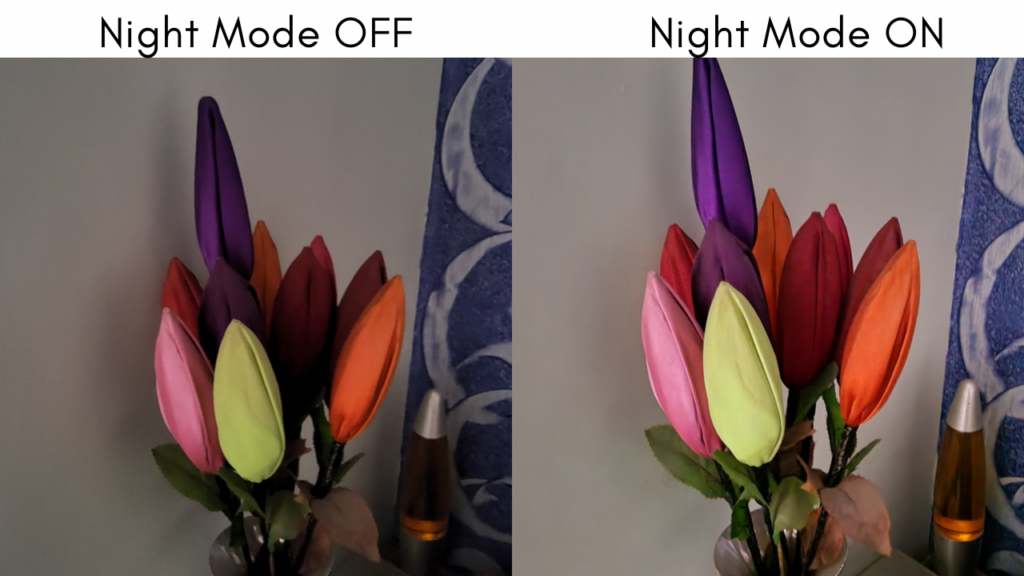
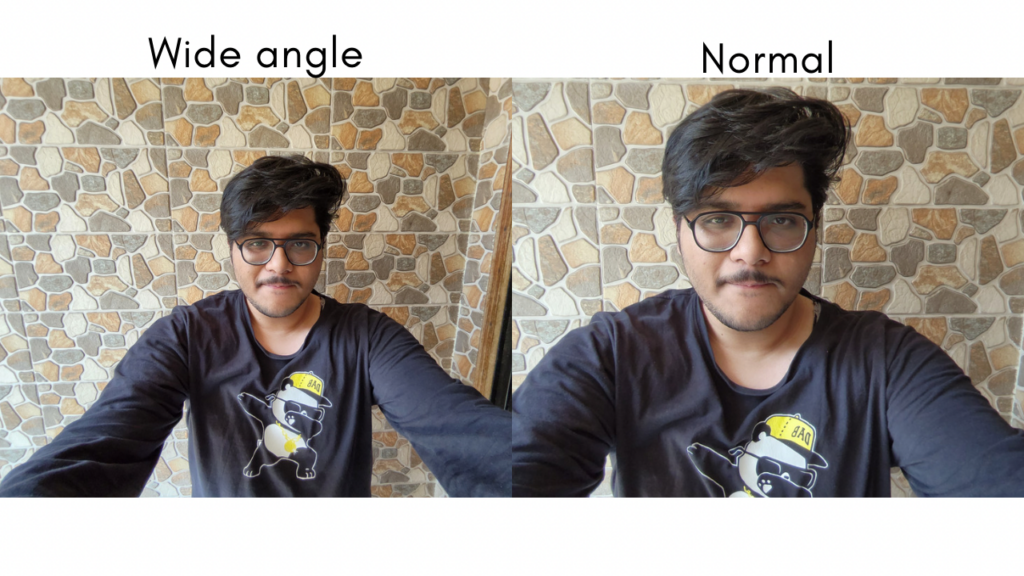
Selfies are not terrible by any means but can be improved in terms of skin tone and details. The 12-megapixel f/2.4 ultrawide sensor on the front has a 120-degree field of view and gets wide enough, which is great for video conferencing. But not so much for selfies because these lack sharpness, and the overall image is soft. You surely can click a selfie with the Tab S8 when outdoors, but only if you don’t have an alternative with you as it cannot be your go-to device for the purpose.


